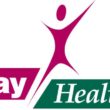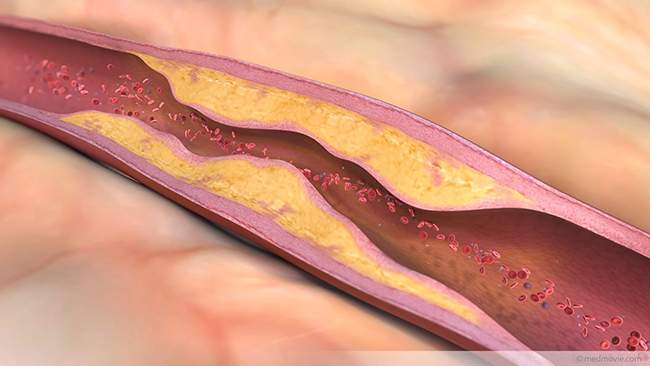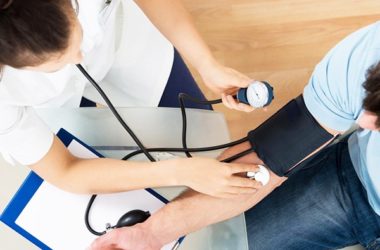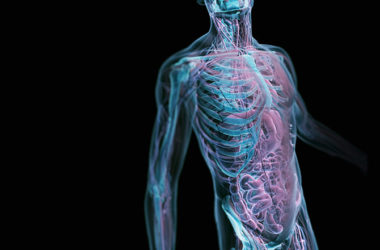Your arteries are blood vessels that carry oxygenated blood (blood mixed with oxygen) from your heart to the various parts of your body. Needless to say, the proper distribution of oxygenated blood can be disrupted if a problem concerning the arteries arises. In this article, we will tackle a couple of problems that commonly strike the arteries, and they are arteriosclerosis and atherosclerosis.
First things first — arteriosclerosis and atherosclerosis are two entirely different things as they are caused by varying factors. One tends to produce all sorts of symptoms, while the other may not. However, it’s important to note that someone with arteriosclerosis may or may not suffer from atherosclerosis, but a person with atherosclerosis always has arteriosclerosis. You see, atherosclerosis is actually a specific form of arteriosclerosis. Continue reading to get to know more about some really important matters about arteriosclerosis and atherosclerosis.
Arteriosclerosis
Arteriosclerosis is the medical term for the thickening and hardening of the arteries, which may sometimes prevent blood from reaching your tissues and organs. You see, healthy arteries are actually elastic and flexible, allowing them to withstand even high blood pressure within them. By the way, collagen is the substance that makes the arteries possess resiliency. However, as a person ages, the amount of collagen his or her body produces wanes. This is exactly the reason why aging is the primary cause of arteriosclerosis.
The problem when the arteries harden is they may prevent oxygenated blood from reaching tissues and organs that require oxygen. Also, since the walls of the arteries are no longer elastic, they become resistant to flowing blood. This can cause the blood pressure to soar. As arteriosclerosis progresses, the blood pressure keeps rising.
Experts say that because arteriosclerosis is basically a part of the aging process, it tends to yield no symptom. However, the blood pressure of someone with the condition affecting the arteries may be increased. Needless to say, there is no treatment available for arteriosclerosis. But just like what’s mentioned earlier in this article, a person who is suffering from arteriosclerosis may develop another problem called atherosclerosis, which will be discussed next.
Atherosclerosis
Atherosclerosis refers to the accumulation of plaque (composed of various substances such as fat and cholesterol) on the inner walls of the arteries. Definitely, it is something that can cause restriction of blood flow to your tissues and organs that require oxygen. Atherosclerosis, basically, is a specific form of atherosclerosis. However, unlike atherosclerosis that is due to old age, atherosclerosis may start developing even at a very young age. It’s for the fact that atherosclerosis may be due to factors such as heredity, poor diet and unhealthy lifestyle.
It is possible for atherosclerosis to strike just about any artery in the body. It can affect an artery in the heart or one that leads to the brain. Atherosclerosis may affect an artery that directs blood flow to your arms, legs, kidneys or other organs. The symptoms of atherosclerosis tend to vary, depending on its location.
Experts do not really know why atherosclerosis develops in the first place. However, they say that the accumulation of plaque may happen to an injured or damaged inner wall of an artery, which can be due to various factors such as increased blood pressure, high cholesterol levels, obesity, diabetes, smoking, and inflammatory diseases like lupus and arthritis. Once the problem is there, plaque can easily build up.
Unlike arteriosclerosis that yields no symptom, atherosclerosis produces many of them. It’s important to note that the symptoms associated with atherosclerosis vary, depending on where the plaque deposition is. For instance, the person may have angina if it’s in an artery in the heart. If it’s in an artery that leads to the leg, claudication (pain in the leg due to restricted blood flow) may be experienced by the individual. Since plaque or blood clot formed due to it may be dislodged, it is possible for someone with atherosclerosis to have a heart attack or stroke.
Certain drugs may be administered to slow down the progression of or even reverse atherosclerosis. Some of them include those that lower cholesterol levels, reduce blood pressure or prevent blood clots from forming. In severe cases of atherosclerosis, surgery may have to be performed.












